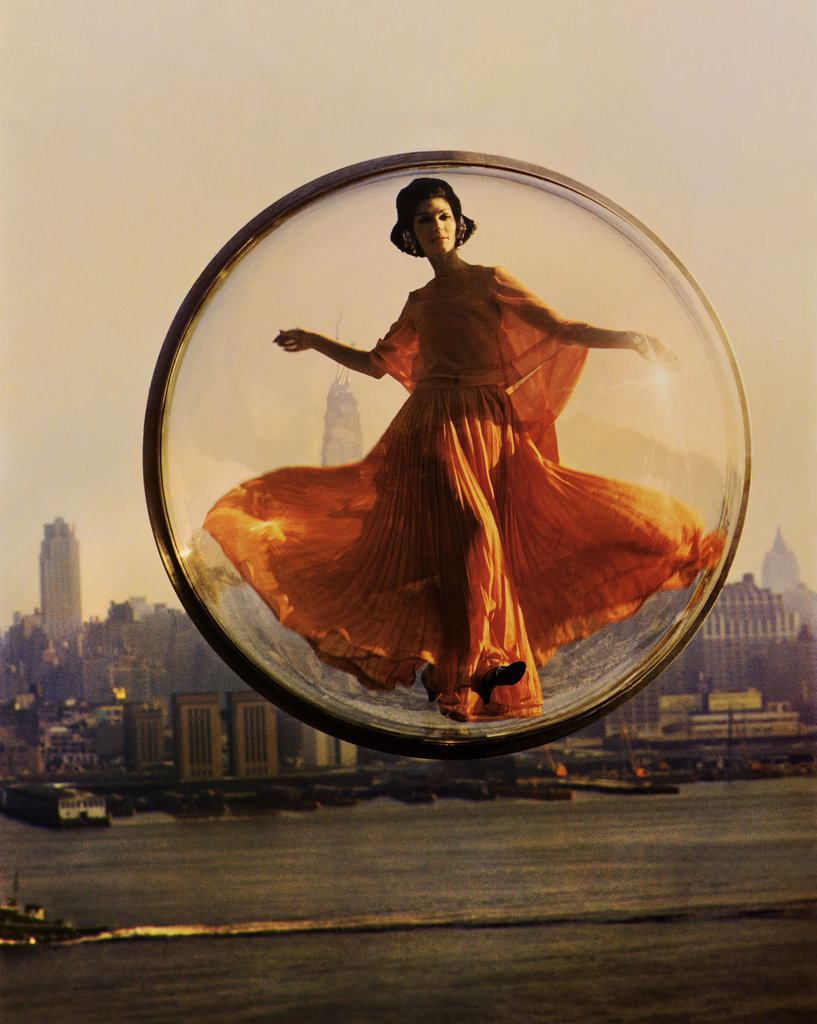Radar: Melvin Sokolsky

American photographer Melvin Sokolsky came onto my radar at the end of the 90’s… around the time that I was transitioning from analogue to digital photography.
This transition was primarily a move from set construction in the studio to construction in Photoshop. Essentially, I was attracted to the idea of seamless sets, a digital world where my fantasies could run wild. I still shot everything in the studio, but now some of these photos could find their way into unlikely scenarios.
My constructed tableaux took on a new laboured process. No more hand cutting, sanding, rearranging and rephotographing my hand-printed photographs. I gave up my scissors and wet lab for a neg scanner, vector pen, geek glasses and colour profile.
Inevitably with age (or maturity as we thirty-something’s like to call it), nostalgia kicks in and we revisit out roots. My process today involves a combination of analogue sets and digital painting.
My inspirations often have nostalgic roots too.

If you haven’t discovered Melvin Sokolsky, you are yet to explore the works of one of the godfathers of fantasy fashion photography. He was initially attracted to becoming a professional photographer for the large sums of money that advertising campaigns can offer and advertising takes up most of his portfolio. However, this legendary photographer’s most celebrated works were shot for Harpers Bazaar and Vogue in the swinging 60’s. His ‘Bubble’ series defies logic as floating fashion models are suspended in clear bubbles throughout Paris. He often worked in the studio with models suspended on cables and montaged, in the darkroom, into new locations. Models could be seen floating above diners and above city streets, long before the invention of Photoshop.
“In the world of photography various forms of image manipulation have evolved over the decades and most recently into the powerful tool called Photoshop.” – Melvin Sokolsky
It was only natural that Sokolsky would gravitate towards Photoshop. I’m sure the good people of Adobe had artists like Sokolsky in mind when they invented Photoshop. When asked about the use of Photoshop, Sokolsky responds “cavemen used a primitive version of Photoshop when they reworked their drawings on the walls of caves. Through out the history of art, artists have made great efforts to individualise their images. If a painter doesn’t like the shape or size of a face, with a few strokes of the brush they can change it”.



